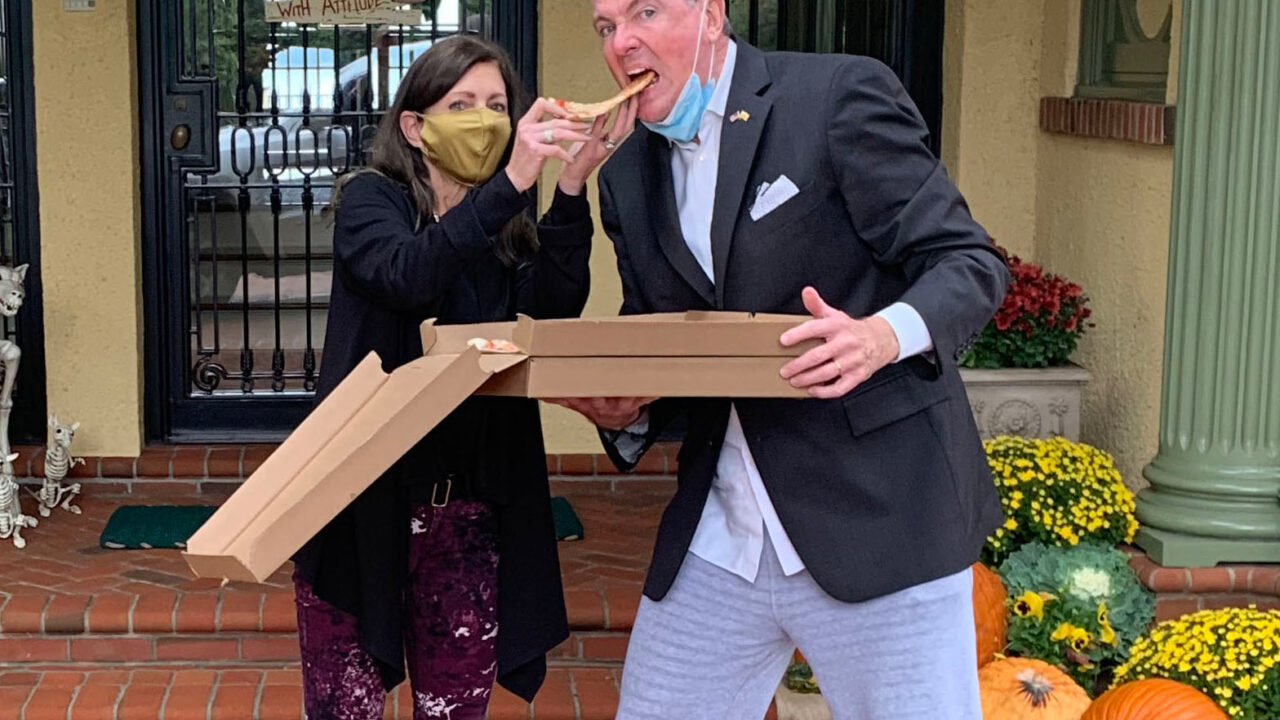
Record spending and a return to pushing tax hikes, that is the unfortunate reality of New Jersey Governor Phil Murphy’s budget proposal.
Just last year, New Jersey’s excessive corporate income tax surcharge was finally allowed to expire – as was the original sales pitch when the surcharge was first enacted. The state’s rate was the highest among the 50 states with the surcharge in place.
Proving the axiom that there is nothing more permanent than a temporary tax, the corporate tax surcharge is rising from the grave this session. It is an even worse time for the tax to be reimplemented as businesses and taxpayers continue to flee the state, and neighboring Pennsylvania has already started its path to cutting their corporate tax rate down to 5.99%.
Hiking business taxes now will put New Jersey an an even more uncompetitive situation than before.
The governor’s budget also includes a “truck traffic excise fee” that would cost $10 million annually. This would drive up the cost of shipping, impacting the price of everything that gets trucked through New Jersey, all at a time of high, persistent inflation.
The tax hike binge comes despite Murphy’s promises to “not raise taxes” and claims he was done raising taxes while he was campaigning for a second term.
The tax hikes are to fuel Murphy’s budgets that have increased state spending by 60%. Despite the proposed tax hikes the state would still face a structural deficit.
The governor’s budget proposal outlines a series of dangerous maneuvers that, at best, could be seen as creative accounting.
Central to the controversy is the manipulation of New Jersey’s Debt Defeasance and Prevention Fund, a reserve established in 2021 aimed at reducing the state’s bonded debt, which had swelled to a staggering $48 billion. Originally intended to retire existing debt and fund capital projects without resorting to new borrowing, the fund represents a prudent approach to managing the state’s obligations.
However, the Murphy administration’s latest budgetary sleight of hand involves diverting nearly $600 million from this off-budget, debt-relief account to the general fund. This move, which effectively frees up these funds for any purpose, flies in the face of the fund’s original intent, which was to provide a dedicated source of revenue for debt relief and capital projects, thereby saving taxpayers money on interest payments.
The Governor’s proposal does not merely stop at fund reallocation. It boldly asks the Legislature to increase annual spending to nearly $56 billion, significantly outstepping projected tax revenues by almost $2 billion. This gap highlights a long-standing trend under the Murphy administration of escalating spending without a corresponding increase in revenue.
The administration has proposed new debt prevention initiatives and other spending increases, including substantial increases allocated to state infrastructure and public services. This funding comes at a time when the state faces a $1.8 billion structural deficit, raising concerns about the sustainability of these expenses.
The budget also includes more property tax “relief” plans that amount to sending checks to people – spending – and ignoring underlying property tax burdens that rank among the worst in the nation.
Unfortunately, careless spending is nothing new, as Governor Murphy’s first term featured growing budgets and annual tax hikes. During his first term, he managed to fuel a nearly 34% increase in the state’s budget, supported by an automatic property tax increase. Murphy has enacted over $2,778,000,000 in tax hikes – not including the $1,229,000,000 increase he proposed but never got enacted.

